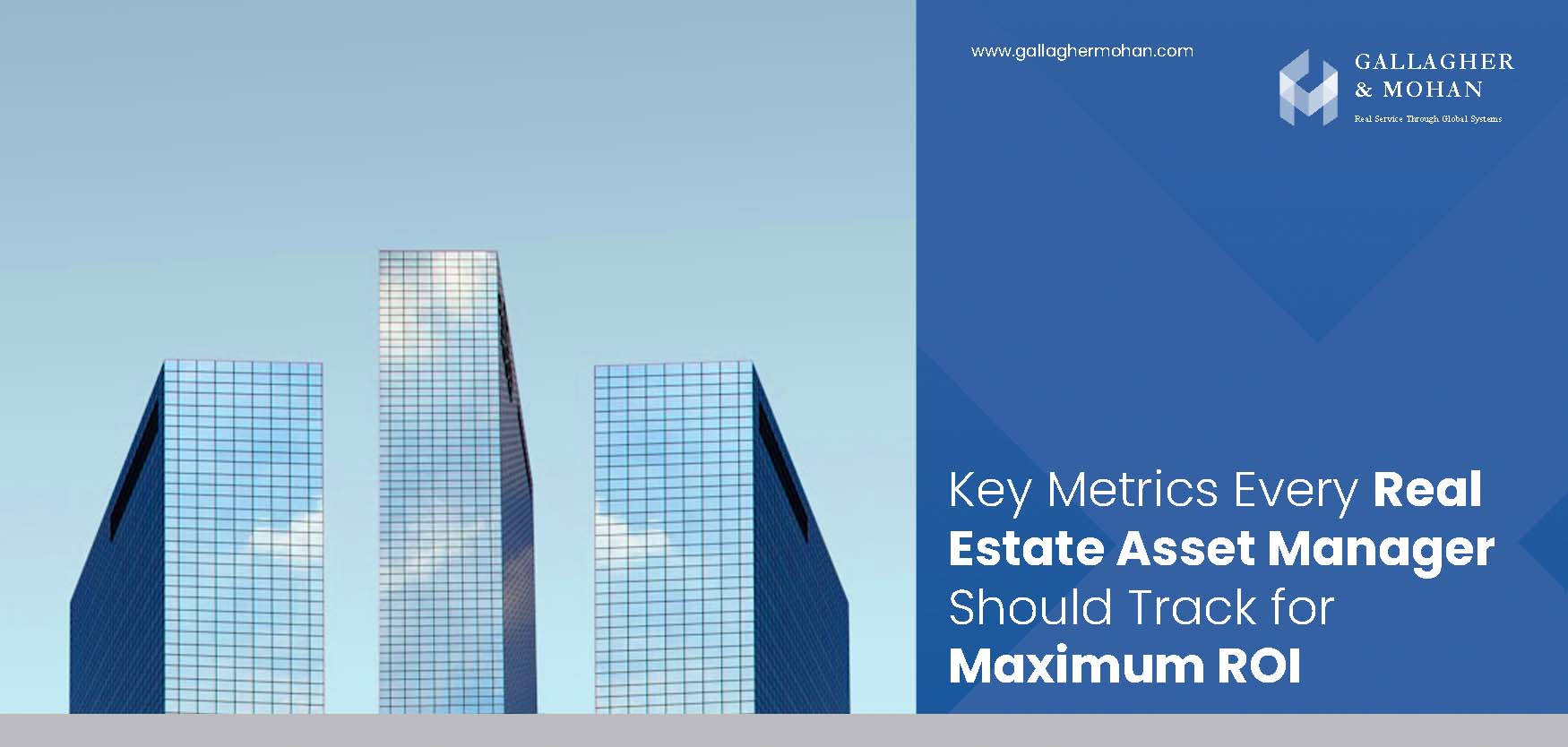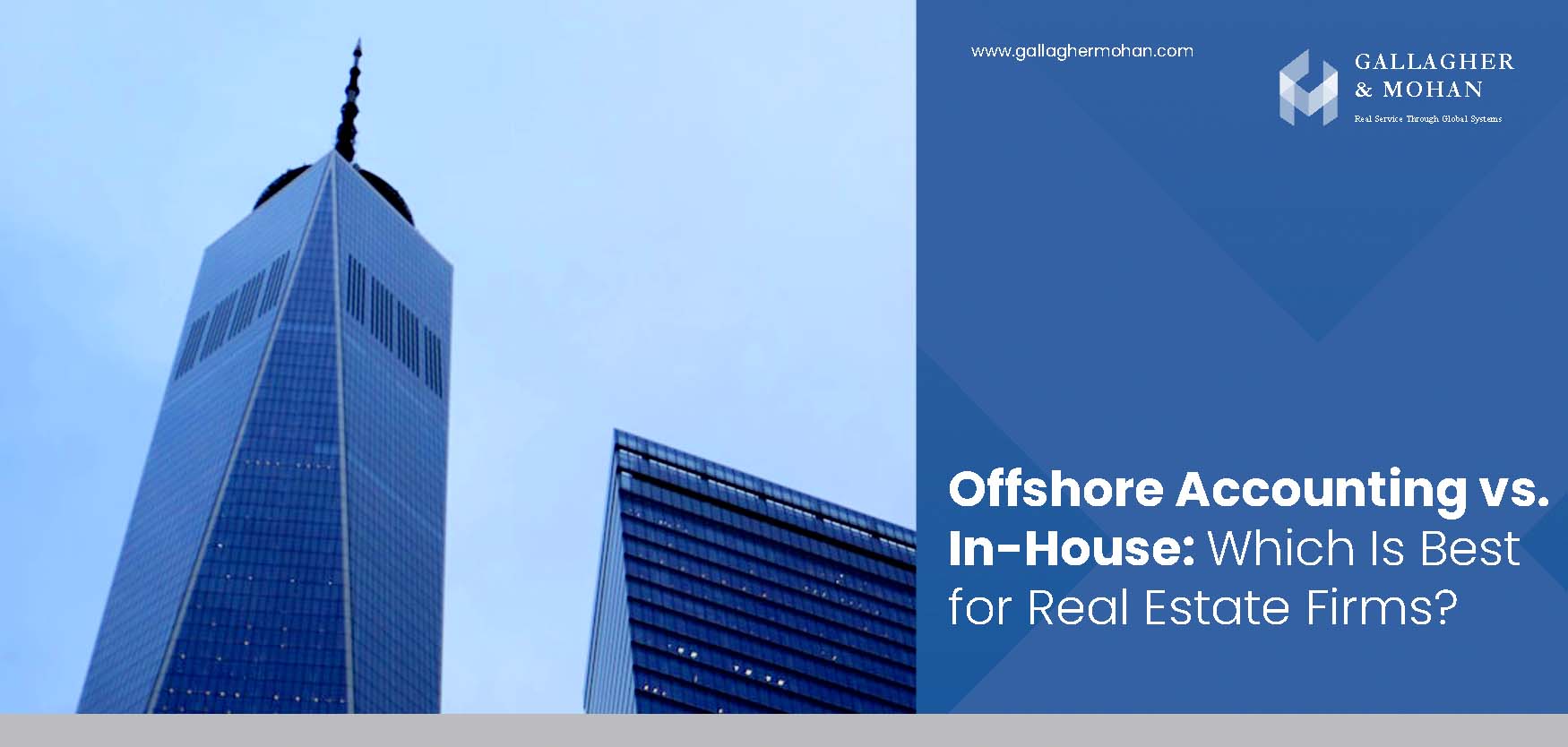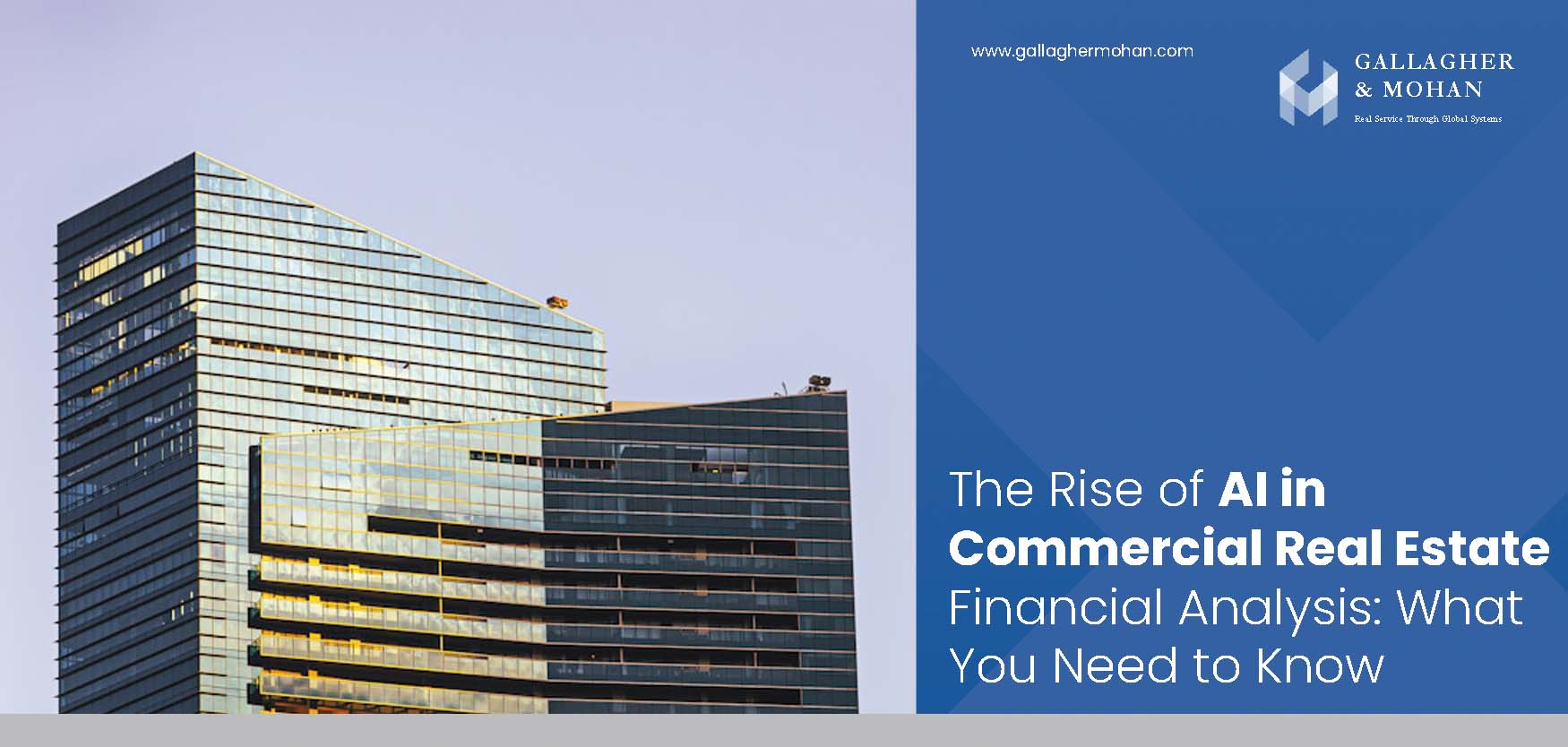14 August 2023
7 Essential Steps to Multifamily Underwriting
Multifamily underwriting forms the backbone of savvy real estate investments. This process is the meticulous examination of multifamily properties, encompassing financials, market dynamics, and risk factors, all culminating in a comprehensive evaluation that guides investors toward wise choices. The significance of effective underwriting cannot be overstated, as it lays the foundation for successful investments by providing a clear roadmap of a property's potential performance and its alignment with investors' goals.
When considering multifamily properties, a meticulous assessment is needed to navigate the complexities of this asset class. Unlike single-family properties, multifamily investments demand a more nuanced approach due to the interplay of multiple revenue streams, expenses, and market variables. This is where multifamily underwriting steps in, acting as a beacon of clarity in a landscape often shrouded in uncertainty. Successful underwriting empowers investors with the insights needed to estimate potential cash flow, gauge risks, and make well-informed investment decisions.
In this article, we will walk you through the ins and outs of underwriting multifamily properties, providing you with a comprehensive understanding of how to approach and master this essential process.
What is Multifamily Underwriting?
At its core, multifamily underwriting involves the comprehensive evaluation of a property's financial, operational, and market potential. It is the rigorous process through which investors analyze the viability and profitability of multifamily properties. Whether you are a seasoned investor or just starting in the world of real estate, mastering the art of multifamily underwriting can mean the difference between a lucrative investment and a missed opportunity.
The Crucial Role of Effective Underwriting
Effective underwriting serves as the compass that guides real estate investments. Imagine embarking on a journey without a map; the risks and uncertainties would be overwhelming. Similarly, diving into a multifamily investment without proper underwriting is a risky endeavor. The information gathered during the underwriting process empowers you to make informed decisions, assess potential risks, and seize opportunities that might otherwise go unnoticed.
Multifamily underwriting is not just about crunching numbers; it is about gaining a holistic view of the property's financial health, market positioning, and potential challenges. This approach provides the clarity needed to decide whether a multifamily property aligns with your investment goals and risk appetite.
Also Read: Top Benefits of Real Estate Outsourcing for Investors and Agents
The How-To of Underwriting Multifamily Properties
Navigating the complexities of underwriting multifamily properties requires a structured approach. From assessing market trends to evaluating financial projections, each step in the underwriting process contributes to a well-rounded analysis.
Given the substantial investment involved in multifamily properties and the potential for long-term revenue generation, correct underwriting is essential. Not conducting thorough underwriting can lead to financial losses, missed opportunities, and unforeseen challenges in managing the property. Here are seven essential steps to multifamily underwriting:
Step 1: Evaluate Your Revenue
When delving into multifamily underwriting, one of the foremost steps is to meticulously assess the property's revenue streams. This entails understanding both its existing income sources and its potential for generating future earnings. The significance of this first step cannot be overstated, as a thorough understanding of revenue is the bedrock upon which the entire underwriting process is built.
To conduct this, investors need to employ various methods for calculating and estimating rental income. This involves analyzing the current rental rates, evaluating market trends, and assessing the property's location and amenities. Moreover, understanding the demand and supply dynamics of the local rental market aids in deciding competitive rental rates that maximize revenue potential.
In the broader scope of underwriting, revenue evaluation is the cornerstone that aligns all later steps. It influences expense projections, growth assumptions, and valuation calculations. Without a comprehensive grasp of the revenue potential, the underwriting process lacks the necessary precision and may lead to misguided investment decisions.
Evaluating revenue is the pivotal first step in multifamily underwriting. It proves the foundation for informed decision-making, right projections, and successful investment outcomes. By understanding both the present income sources and the potential for future earnings, investors can navigate the complex landscape of multifamily underwriting with confidence.
Step 2: Assess Your Expenses
In multifamily underwriting, a comprehensive assessment of expenses is the requirement of informed decision-making. Multifamily properties come with a range of expenses that need to be carefully considered to gain a holistic view of the property's financial health.
These expenses encompass a wide spectrum, including operating expenses like property management fees, maintenance and repairs, utilities, insurance, and property taxes. Moreover, capital expenses such as renovations, upgrades, and major repairs over time also need to be factored in. Each expense category plays a vital role in shaping the property's financial performance and, later, the investor's returns.
The accuracy of estimating expenses is of paramount importance. Underestimating costs can lead to financial shortfalls that erode potential profits, while overestimating expenses may make a property appear less attractive than it is. A nuanced understanding of both recurring and one-time expenses ensures that the underwriting process yields right projections, aiding investors in making well-informed decisions.
To help in this endeavor, we can help track historical expenses and forecast future ones, supplying insights into maintenance, repair cycles, and budget planning. Real estate investment associations, industry reports, and networking with experienced investors can offer valuable insights into typical expense ratios for multifamily properties in specific markets.
Step 3: Create a Budget for Construction and Renovation
Enhancing the value of a multifamily property often hinges on the strategic implementation of property improvements. Whether it is modernizing amenities, updating interiors, or enhancing curb appeal, property improvements can significantly elevate the property's appeal and rental potential.
Budgeting for construction and renovation is a crucial aspect that goes beyond mere aesthetic enhancements. A well-structured budget aligns the investor's vision for property improvements with the financial realities of the venture. It ensures that the planned improvements are financially possible and contribute positively to the property's value.
Creating a realistic and comprehensive budget requires a systematic approach. Start by identifying the areas that need improvement, considering factors such as market demand and tenant preferences. Research costs associated with labor, materials, permits, and any unforeseen contingencies. It is prudent to include a buffer for unexpected expenses to avoid financial strain during the renovation process. Collaborating with contractors and industry professionals can provide insights into cost breakdowns and potential cost-saving strategies.
Step 4: Account for Growth and Vacancy Rates
In the intricate landscape of multifamily underwriting, understanding, and accounting for growth and vacancy rates are essential to crafting a reliable investment strategy. Growth and vacancy rates are two interconnected concepts that wield considerable influence over a property's financial trajectory and an investor's returns.
Growth rate pertains to the projected increase in rental income over time. This can be influenced by many factors, such as market demand, local economic trends, and property improvements. Accurately estimating growth rates aids in forecasting income fluctuations, which in turn contributes to a more precise evaluation of the property's cash flow potential.
Vacancy rate, on the other hand, refers to the percentage of unoccupied units within a property. It is a key metric that directly affects rental income. High vacancy rates can lead to revenue shortfalls, affecting the property's financial stability. Effectively factoring in vacancy rates enables investors to predict potential income gaps and formulate strategies to mitigate their impact.
To incorporate growth and vacancy rates effectively into underwriting, a multifaceted approach is needed. Begin by conducting thorough market research to gauge the demand for rental units in the area. Analyze historical vacancy rates and local economic indicators to make informed projections. Collaborating with Gallagher & Mohan’s property management experts can provide valuable insights into local market dynamics.
Step 5: Make Projections About Post-Renovation Rents
Projecting rents post-renovation is a pivotal step that directly influences the investment's success. These projections hold the key to understanding the potential income boost that property improvements can yield, making them a critical part of informed decision-making.
Researching market trends and analyzing comparable properties play a significant role in accurately predicting post-renovation rents. Market trends provide insights into the direction of rental rates in a specific area, helping investors gauge the potential for rent increases. Comparative analysis involves studying comparable properties in the vicinity, considering factors like amenities, location, and condition to estimate the achievable rental premium.
Accurate projections contribute significantly to reliable underwriting outcomes. They provide a clear picture of the property's income potential, aiding in crafting realistic cash flow forecasts. This, in turn, helps investors assess whether the investment aligns with their financial objectives and risk tolerance. Overestimating post-renovation rents can lead to overly optimistic projections, potentially resulting in financial shortfalls down the line.
Step 6: Factor-in Debt Assumptions
In the intricate tapestry of multifamily underwriting, factoring in debt assumptions is a critical step that shapes the financial landscape of an investment. Debt assumptions, often in the form of financing options, have a profound impact on the property's cash flow, overall profitability, and the investor's financial strategy.
Debt assumptions, specifically financing options, play a significant role in providing the capital needed to buy or improve a multifamily property. Common financing options include traditional bank loans, government-backed loans like FHA or Fannie Mae loans, private equity, and syndication. Each option comes with its own terms, interest rates, and repayment structures, influencing the property's financial performance.
Understanding these financing options is paramount for right underwriting. Different loan terms can affect cash flow, and varying interest rates can affect overall profitability. Additionally, the type of financing selected can influence the investor's risk profile, as some options may require larger down payments or have stricter qualification criteria.
Calculating debt-related expenses is an essential aspect of this step. Beyond just the principal and interest payments, debt-related expenses encompass factors like loan origination fees, insurance premiums, property taxes, and potential reserves required by lenders. Accurate calculation of these expenses ensures that the underwriting process comprehensively considers the financial obligations tied to the chosen financing.
Step 7: Produce a Valuation for the Property
Arriving at a right property valuation is the culmination of a meticulous and data-driven process. Property valuation serves as a compass, guiding investors through the complex terrain of real estate investments and enabling them to make informed decisions with confidence.
Different valuation methods are employed in multifamily underwriting to find a property's worth. The Income Approach is a prominent method, where the property's value is derived from its income potential. This involves estimating future cash flows, factoring in expenses and capitalization rates to decide the property's value. The Comparable Sales Approach involves comparing the property to recently sold comparable properties in the area, adjusting for differences to arrive at an estimated value. The Cost Approach considers the cost of replacing the property, accounting for depreciation and obsolescence.
To figure out the right property valuation, a multifaceted approach is essential. Begin with thorough market research to understand the local real estate landscape. Analyze recent sales data, rental trends, and property characteristics. Engage with appraisers, real estate agents, and experienced investors to gain insights into market dynamics.
Additionally, embracing a conservative mindset can be helpful. Overestimating the property's value might lead to inflated expectations, while underestimating it could cause missed opportunities. Conduct sensitivity analysis to assess how changes in variables impact valuation and, subsequently, your investment strategy.
Conclusion
The role of multifamily underwriting in achieving profitable investments cannot be overstated. It equips you with the tools to forecast cash flows, mitigate risks, and capitalize on opportunities. Each step contributes to a clearer picture of the property's potential and guides your investment strategy.
As you step forward, we encourage you to apply the outlined steps in your multifamily investment endeavors. Remember, the success of your investments is built on the foundation of thorough analysis and careful consideration. Leverage expert guidance, the multifamily underwriting services offered by Gallagher & Mohan. With our wealth of experience and expertise, we can provide you with valuable insights and guidance to navigate the complexities of multifamily investments.
Your journey towards profitable multifamily investments is a dynamic process that requires continuous learning and adaptation. By implementing the knowledge gained from this guide and seeking advice from our experts, you position yourself to navigate challenges with confidence and to seize opportunities that align with your financial goals. With each step, you move closer to turning your multifamily investment aspirations into prosperous realities.



